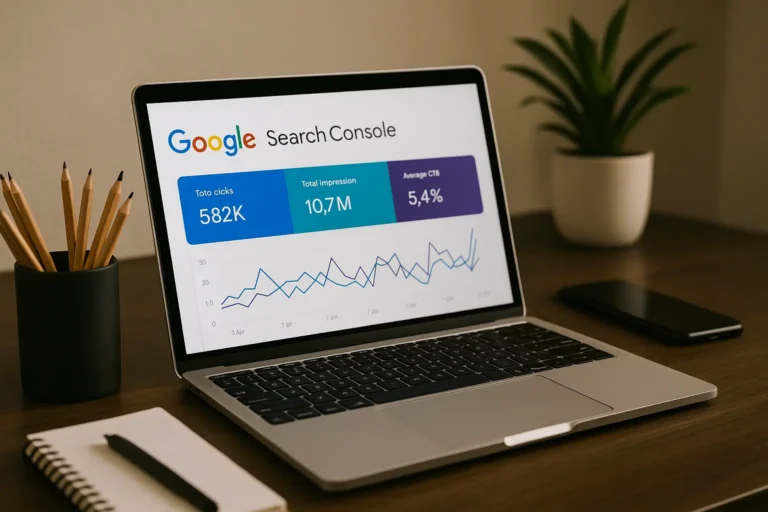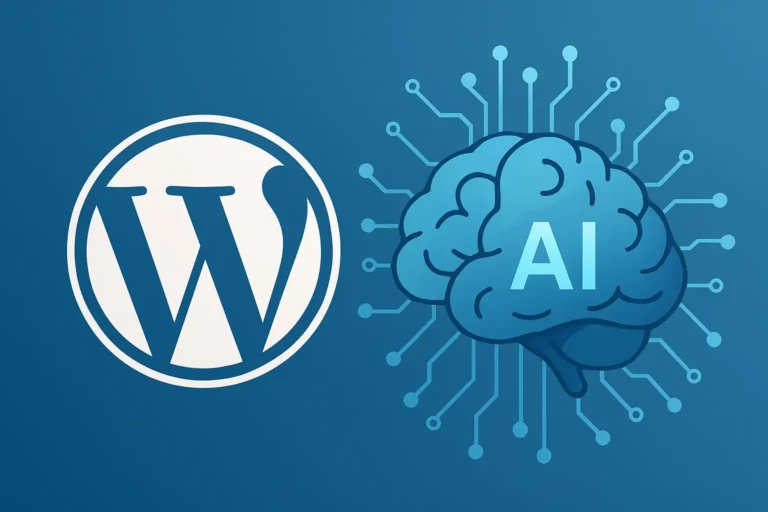As the online presence of businesses becomes increasingly important, it is crucial to have a well-designed website that effectively represents your brand and serves your customers. However, there are several common mistakes that web designers make that can hinder the success of a website. In this post, we will explore the top 5 mistakes in web design, provide examples of website mistakes, and offer solutions for avoiding these pitfalls.
1. Lack of Clarity and Focus
One of the biggest mistakes in web design is failing to clearly communicate the purpose of a website. If visitors are unable to quickly understand what a website is about and how it can benefit them, they are likely to leave the site and look for alternatives. This can result in lost revenue and a damaged reputation.
Solution: The website’s purpose should be clearly stated on the homepage, and the design should be focused on making it easy for visitors to find what they are looking for. This can be achieved by using a clear and concise message, simple navigation, and effective use of color and typography.
Example: Take the website of a local bakery, for instance. A visitor should immediately see that the website is for a bakery, and be able to navigate to information about the bakery’s products and services.
Effective web design is crucial for any business looking to establish a strong online presence. While there are many different approaches to web design, there are a few key principles that every designer should keep in mind. For more detailed information on these principles, check out this helpful guide to the 10 Principles of Effective Web Design.
2. Slow Load Times
Slow load times can be a major turnoff for visitors, leading them to abandon the site before it even fully loads. This can be caused by a number of factors, including large image files, poorly optimized code, and slow server response times.
Solution: Optimize images, minify and compress code, and choose a reliable web hosting provider to ensure that your website loads quickly. Use tools like Google’s PageSpeed Insights to identify potential speed issues.
Example: A visitor to an e-commerce site may leave the site if they experience slow load times, leading to lost sales.
Check out this helpfule guide to the How to Optimize Images for Web and Performance.
3. Inconsistent Design
Inconsistent design can make a website look unprofessional and confusing to visitors. This can include using different fonts, colors, and layouts across different pages of the site.
Solution: Create a style guide for your website that outlines design standards for fonts, colors, and layout. This will ensure consistency across all pages of the site.
Example: A visitor to a website may be confused if the navigation bar is in a different location on each page of the site.
4. Poor Mobile Responsiveness
With more and more people accessing the internet through mobile devices, it is essential that websites are designed with mobile users in mind. Websites that are not optimized for mobile can be difficult to navigate and may not display properly on smaller screens.
Solution: Use responsive design techniques to ensure that your website looks great and is easy to use on all devices, including desktops, tablets, and smartphones.
Example: A visitor to a website on their mobile device may struggle to read small text or navigate a site that is not optimized for mobile.
5. Overcomplicated Design
Web designers can sometimes get carried away with complex design elements and animations that can overwhelm visitors and distract from the website’s main purpose. While these elements may look impressive, they can ultimately harm the user experience.
Solution: Keep the design simple and focused on the website’s purpose. Use design elements and animations sparingly and strategically, and ensure that they enhance the user experience rather than detracting from it.
Example: A visitor to a website may find it difficult to navigate or find information if the design is too complex or cluttered.
Website Mistakes Examples
To further illustrate these common mistakes in web design, let’s take a look at some examples of website mistakes:
- Lack of Clarity and Focus: A website for a restaurant that does not clearly indicate its location or hours of operation on the homepage.
- Slow Load Times: An e-commerce website with large, high-resolution images that take a long time to load, causing frustration for visitors.
- Inconsistent Design: A website for a company with different fonts and colors used across different pages, making the site look disjointed.
- Poor Mobile Responsiveness: A website that is difficult to navigate on a mobile device, with small text and buttons that are hard to click.
- Overcomplicated Design: A website with excessive animations and design elements that distract from the main purpose of the site.
Rules of Web Design
In addition to avoiding common mistakes, there are several rules of web design that can help ensure that your website is effective and engaging. Some key rules of web design include:
- Keep it simple and focused on the website's purpose.
- Use clear and concise language to communicate the website's message.
- Use color and typography effectively to guide the user's attention..
- Prioritize mobile responsiveness to ensure that the website is easy to use on all devices.
- Test and optimize the website regularly to improve performance.
Web Design Trends
- Dark mode, which can reduce eye strain and provide a sleek, modern look.
- Minimalism, which emphasizes simplicity and focuses on the essentials of the website's purpose.
- Voice user interface (VUI), which allows users to interact with a website using their voice.
- Microinteractions, which are small, subtle design elements that add interactivity and delight to a website.
- Custom illustrations and animations, which can provide a unique, personalized touch to a website's design.
By incorporating these web design trends into your website, you can create a modern and engaging user experience that sets your website apart.
There are several common mistakes in web design that can harm the user experience and lead to lost revenue. By avoiding these mistakes, following key rules of web design, and incorporating current design trends, you can create a website that effectively communicates your brand and serves your customers.
How Designers Can Avoid Mistakes During the Development of a Website
Web design is a complex process that involves a range of different skills and disciplines. From graphic design and typography to user experience (UX) and search engine optimization (SEO), there are many different factors to consider when creating a successful website. With so many different elements to keep track of, it can be easy for designers to make mistakes during the development process. Here are some tips on how to avoid common web design mistakes:
1. Conduct User Research
One of the most important things you can do to avoid mistakes in web design is to conduct user research. This involves talking to potential users and understanding their needs, preferences, and pain points. By doing so, you can ensure that your website is designed to meet the needs of your target audience.
2. Create a Comprehensive Design Brief
A design brief is a document that outlines the goals and objectives of a website, as well as the target audience, budget, and timeline. By creating a comprehensive design brief, designers can ensure that everyone involved in the project is on the same page and that there are no misunderstandings or surprises down the line.
3. Set Clear Goals and Objectives
Another key step in avoiding mistakes in web design is to set clear goals and objectives for the project. This can help to ensure that everyone involved in the project is working towards the same outcome, and that the design decisions being made are aligned with the overall objectives of the project.
4. Stay Up-to-Date on Best Practices
Web design is a constantly evolving field, and it’s important to stay up-to-date on best practices and trends. By doing so, you can ensure that your website is modern, engaging, and effective.
5. Test and Iterate
Finally, it’s important to test and iterate on your website design. This involves conducting user testing and gathering feedback from users, as well as analyzing website analytics to identify areas for improvement. By doing so, you can continuously improve the design of your website and ensure that it is meeting the needs of your target audience.
Conclusion
How Digital Roots Media Helps You Avoid Common Web Design Mistakes
Digital Roots Media is a professional web design agency that can help businesses to avoid common web design mistakes and create effective, engaging websites. Here are a few ways that Digital Roots Media can help:
1. Custom Web Design
Digital Roots Media offers custom web design services that are tailored to the unique needs and goals of each client. Our team of experienced designers can work with clients to create custom designs that are visually appealing, easy to use, and optimized for search engines.
2. Responsive Design
Digital Roots Media uses responsive design to ensure that websites are optimized for all devices and screen sizes. This means that the website will look great and function effectively whether it’s being viewed on a desktop computer, tablet, or smartphone.
3. Accessibility
Digital Roots Media designs websites that are accessible to all users, including those with disabilities. We follow WCAG 2.1 guidelines to ensure that websites are easy to use and navigate for users with a range of disabilities.
4. User Experience
Digital Roots Media places a strong emphasis on user experience (UX) when designing websites. We aim to create websites that are easy to navigate, visually appealing, and engaging for users.
5. Testing and Optimization
Digital Roots Media uses a range of testing and optimization techniques to ensure that websites are functional, user-friendly, and optimized for search engines. We use analytics and user feedback to make changes and improvements to the website over time.
6. Ongoing Support
Digital Roots Media provides ongoing support for clients to ensure that their website stays up-to-date and continues to function effectively over time. This includes regular updates, maintenance, and optimization to ensure that the website remains secure, fast, and easy to use.
In conclusion, by working with Digital Roots Media, businesses can avoid common web design mistakes and create effective, engaging websites that meet the needs of their users. Our team of experienced designers, developers, and marketers can help businesses to design, develop, and maintain websites that are both visually appealing and easy to use. Whether you need a new website, a redesign, or ongoing support and maintenance, Digital Roots Media has the expertise and resources to help you succeed online.




